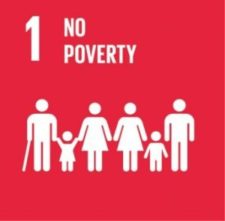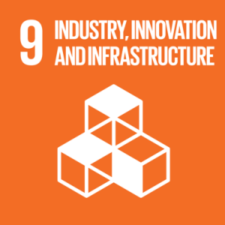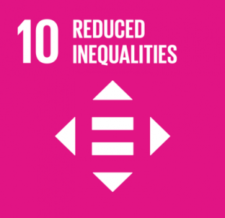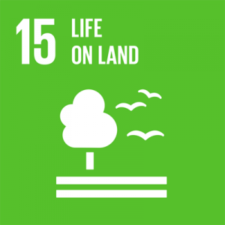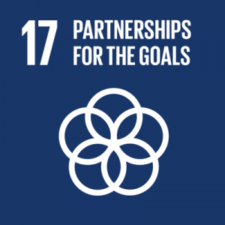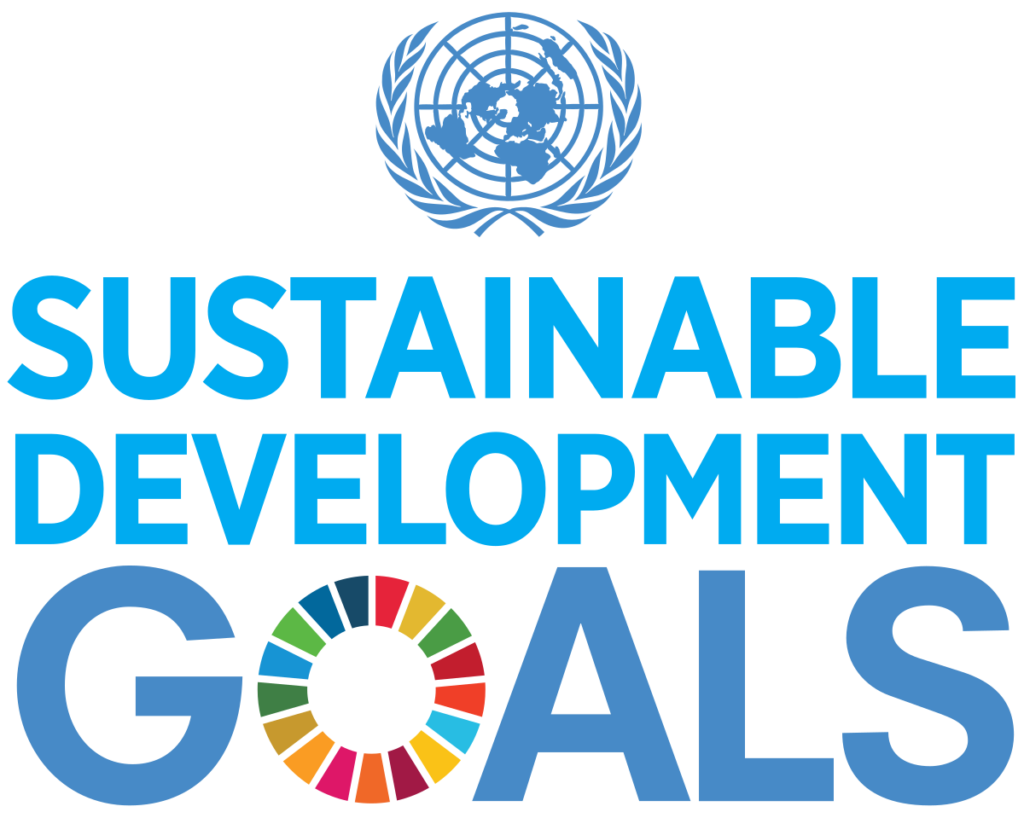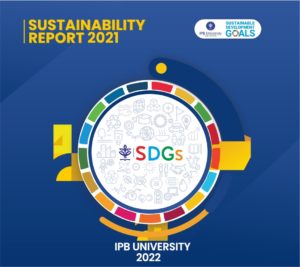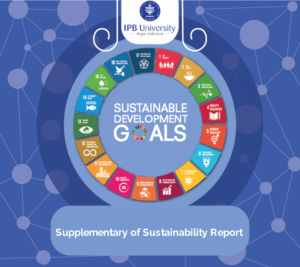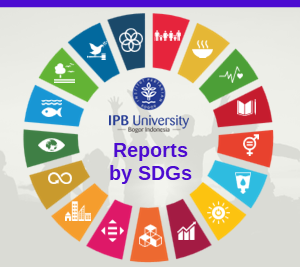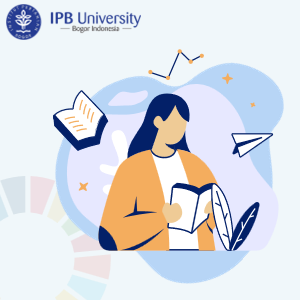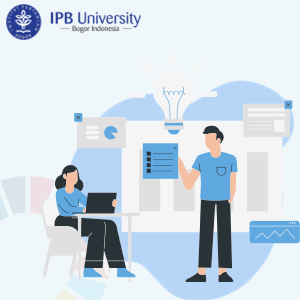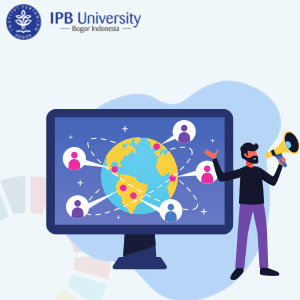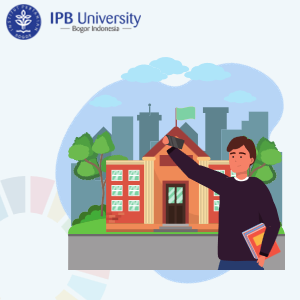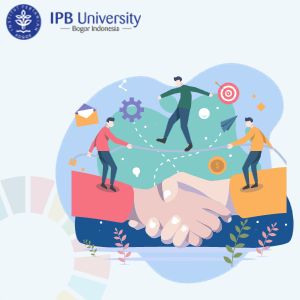Sustainability
https://157.230.33.120/
https://157.230.38.100/
https://68.183.178.32/
https://mcgillmotorsport.adeogroup.co.uk/hoki188/
https://www.adeogroup.co.uk/hoki188/
https://amatpa.net/public/hoki188/
https://hoki188.one/
https://run.indianathletics.in/-/hoki188/
https://madridge.org/assets/hoki188/
https://molestreetartists.com/wp-content/uploads/-/
http://elearning.pnl.ac.id/v1/
https://qcin.org/hoki188
https://programaseducativos.es/hoki188/
http://suap.policia.sanluis.gov.ar/wp-content/hoki188/
https://tracerstudy.stikesbethesda.ac.id/hoki188/
https://kmhs.stkipkusumanegara.ac.id/hoki188/
https://tracer-study.fisip.umrah.ac.id/hoki188/
http://arsip.umsu.ac.id/hoki188/
http://hmjmanajemen.unimus.ac.id/wp-content/uploads/hoki188/
http://profesibidan.unimus.ac.id/wp-content/uploads/hoki188-slot/
https://vavmediapteltd.com/wp-content/uploads/hoki188/
https://health.ro-organisasi.jatimprov.go.id/web/hoki188/
https://www.iimsirmaur.ac.in/web/hoki188/
http://policia.sanluis.gov.ar/wp-content/uploads/
http://jurnalmahasiswa.umsu.ac.id/files/hoki188/
https://upt-perpusbunghatta.perpusnas.go.id/uploads/hoki188/
https://simba.unpkediri.ac.id/simba/hoki188/
https://bpkad.batam.go.id/erekon/web/hoki188/
https://bpkad.batam.go.id/hoki188/
https://spm.itenas.ac.id/
http://hoki188.lavender-hotels.com/
https://bppsdmpsempaja.kaltimprov.go.id/ayampotong/hoki188/
https://genetics-jo.com/public/hoki188/
https://giwang.sumselprov.go.id/-/slot77/
https://giwang.sumselprov.go.id/-/hoki188/
https://politeknikaup.ac.id/assets/hoki188/
https://gms.tourism.gov.bt/-/hoki188/
http://admin.lavender-hotels.com/
hoki188
hoki188
hoki188
hoki188
hoki188
hoki188
hoki188
hoki188
hoki188
hoki188
hoki188
hoki188
hoki188
hoki188
hoki188
hoki188
Preface
In today’s world, the development of higher education institution (HEI) is facing more complex problems associated with uncertainties that require new solutions. Based on CCAP (2017), there are practically seven biggest problems the nation faces with respect to its universities’ development, including the huge increase in the cost of universities. On the other hand, universities are expected to contribute more actively in addressing nation’s problems that require a new approach due to the complexity of the aforementioned problems. Sustaining our national development requires knowledge that is adaptive to the issues, particularly for IPB Tridharma activities, such as sustainability issues on agriculture, renewable energy and other land and marine based sector development. Gaps in the implementation are identified due to non-comprehensive approaches leading to the failure of the target achievement. In order to tackle those obstacles and enhance Tridharma quality and its impacts,
Vision
Our Programs
Green Campus Operations
We are committed to strive for sustainability through inspiring innovations with integrity
1,669
Total campus area (ha)
19.59
Total building area in campus (ha)
96
Total area in campus is an open space (%)
451
Total area of open space per person (m2)
42
Total area in campus is covered by plant and vegetation (%)
52
Total area in campus is covered by forest (%)
27
Budget for sustainability efforts (%)
>50
of water conserved and recycled for efficient appliances (%)
100
Water usage come from WTP, processed from river around campus (%)
4.9
Total area of parking area in campus (ha)
< 1% of total campus area
11
Shuttle bus operated regulary for free in campus
63
Energy efficient appliances (%) - it comes from > 3 renewable energy sources
30.29
Total smart building are in campus (ha)
500
Energy consumption per person (kWh)
15.47
implementation of smart building in campus (%)
16,577
Total of operational carbon footprint in campus (MT)
0.46
Total of operational carbon footprint per person (MT)
>30
emission reduction (CO2) from 2020-2022 (%)
100
Total of waste processed into compost, bio-digester, and incinerator (%)
80
Total of paper and plastic waste reduction in 2022 comes from 3 program
74
Subjects are categorized under sustainability courses
193
events related to sustainability initiative
47
events related to sustainability initiative organized by students
83

